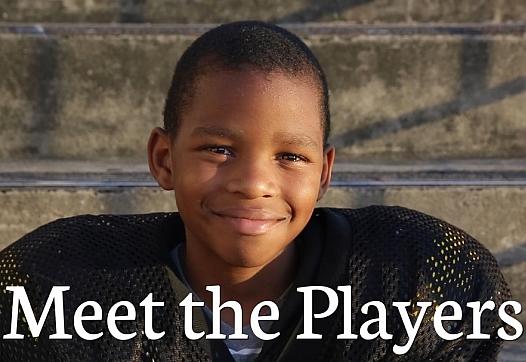
This article was produced as a project for the Dennis A. Hunt Fund for Health Journalism, a program of the USC Annenberg Center for Health Journalism.

This article was produced as a project for the Dennis A. Hunt Fund for Health Journalism, a program of the USC Annenberg Center for Health Journalism.
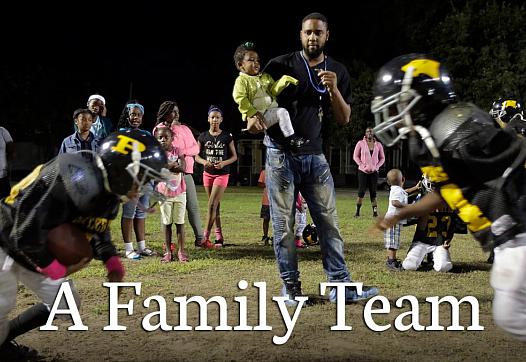
How a Central City couple plans to save their neighborhood — one football team at a time.
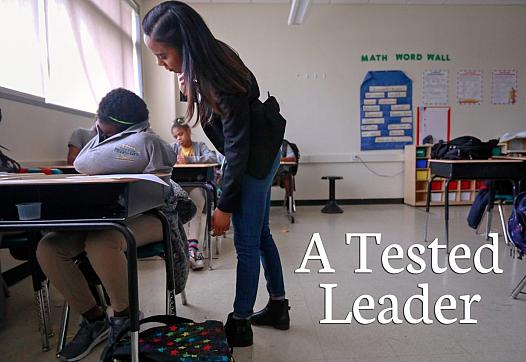
This article was produced as a project for the Dennis A. Hunt Fund for Health Journalism, a program of the USC Annenberg Center for Health Journalism.
Other stories in the series include:
The Children of Central City
The story behind 'The Children of Central City'
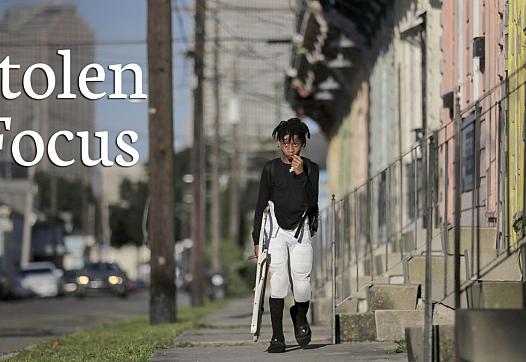
Trauma can have a devastating impact on a child’s education. So why have some New Orleans schools failed to address the problem?

Federal officials told tribal leaders in January they cannot exempt Native Americans from Medicaid work requirements. Tribes strongly disagree.
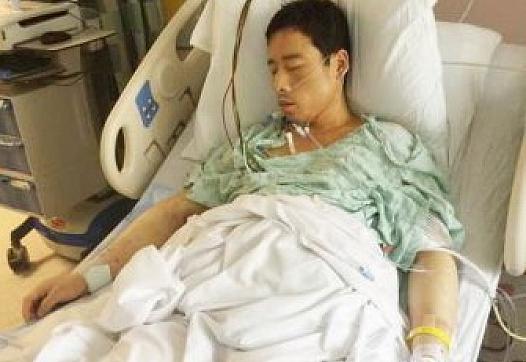
Undocumented immigrants’ health issues are almost always ignored by the mainstream media. One reporter set out to tell stories about their difficulty accessing care.
![[Photo by John Moore/Getty Images]](/sites/default/files/styles/teaser_list_thumbnail_large/public/title_images/unnamed_160.jpg?itok=wIVZIVt7)
Guadalupe, an undocumented immigrant and mother to a newborn and a 5-year-old, rarely ventures outside her LA home for fear of ICE.
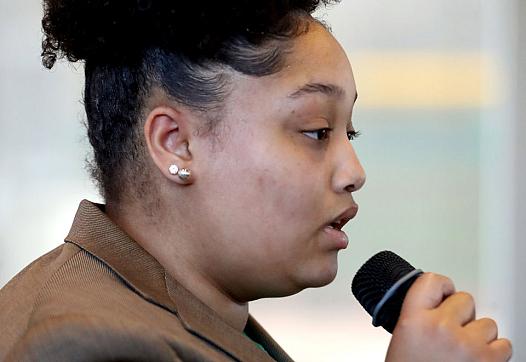
This reporting is supported by the University of Southern California Center for Health Journalism National Fellowship.
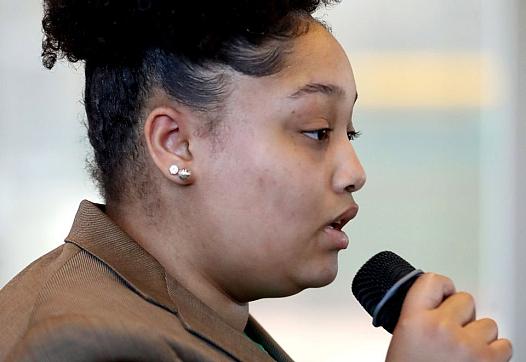
Cleveland youth shared this week personal stories to underscore the importance of the projects they proposed to police, community and nonprofit leaders in their city.
As part of The Plain Dealer's "Dear Cleveland" series, the newspaper is bringing young voices to the forefront of the community conversation.